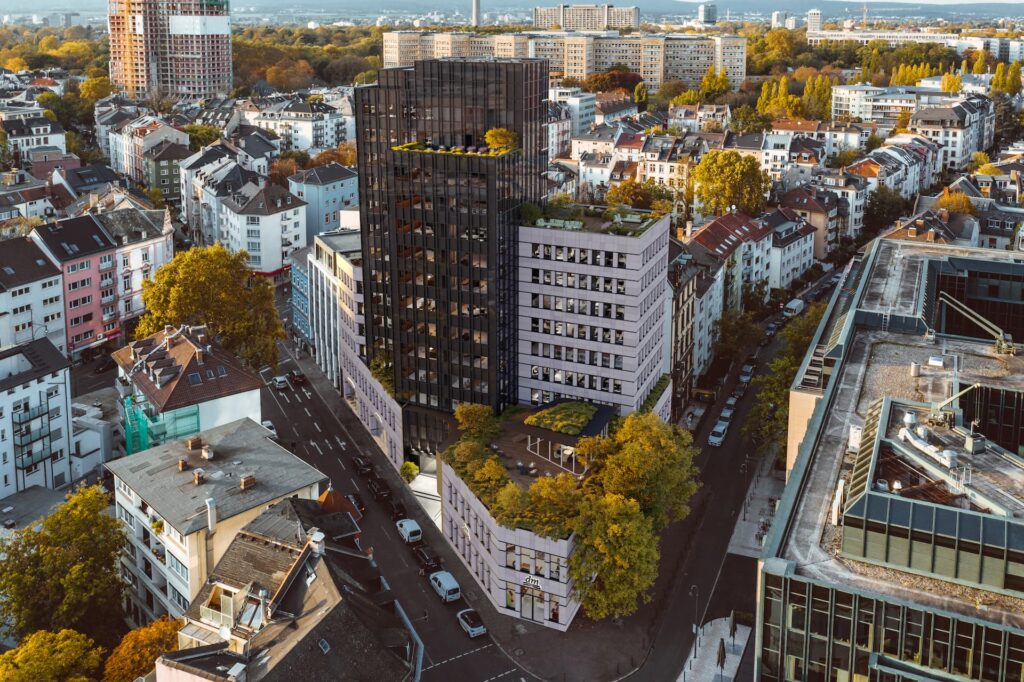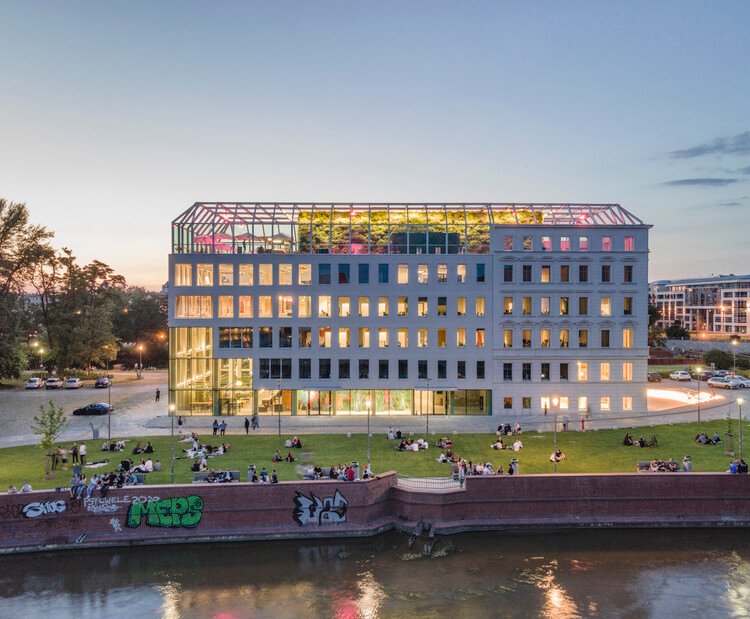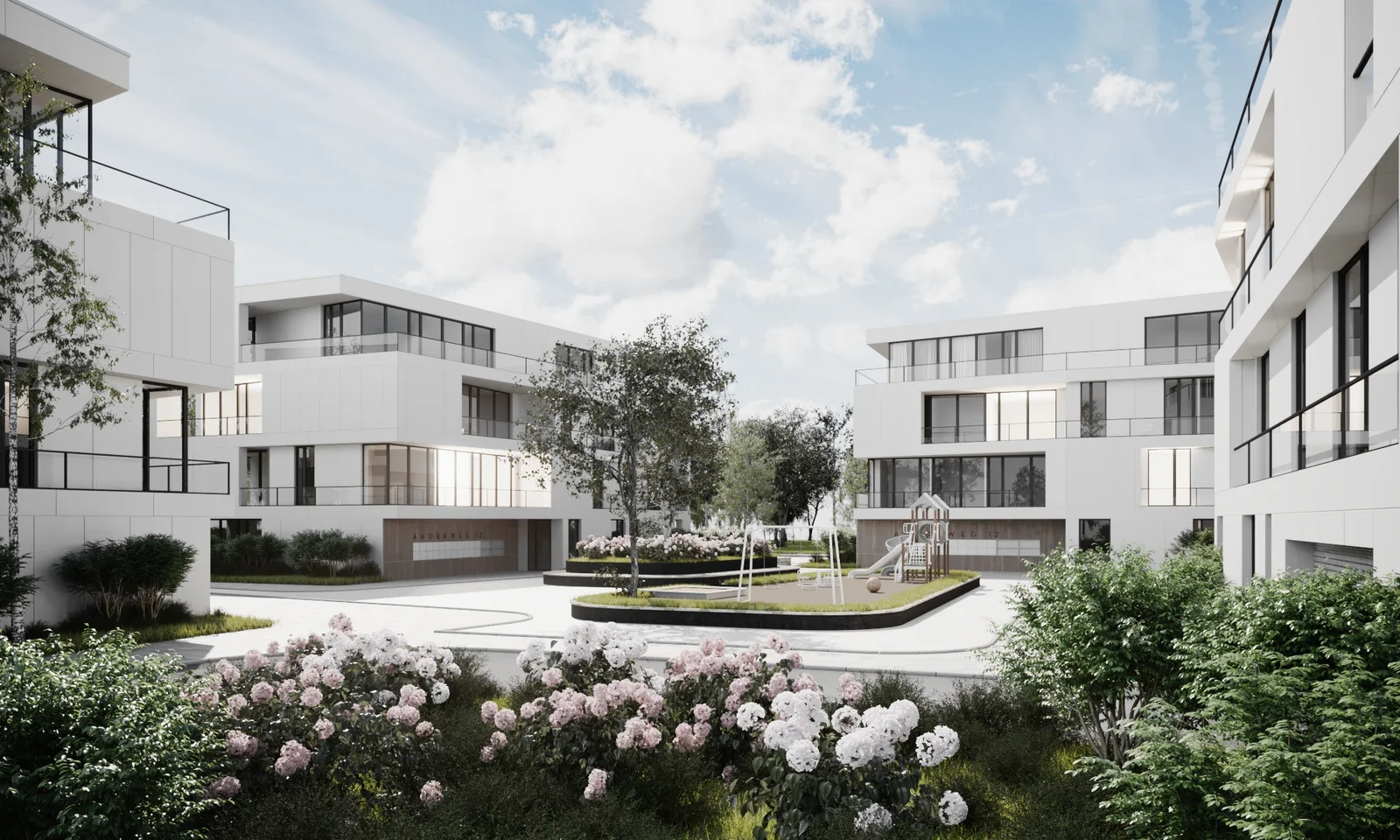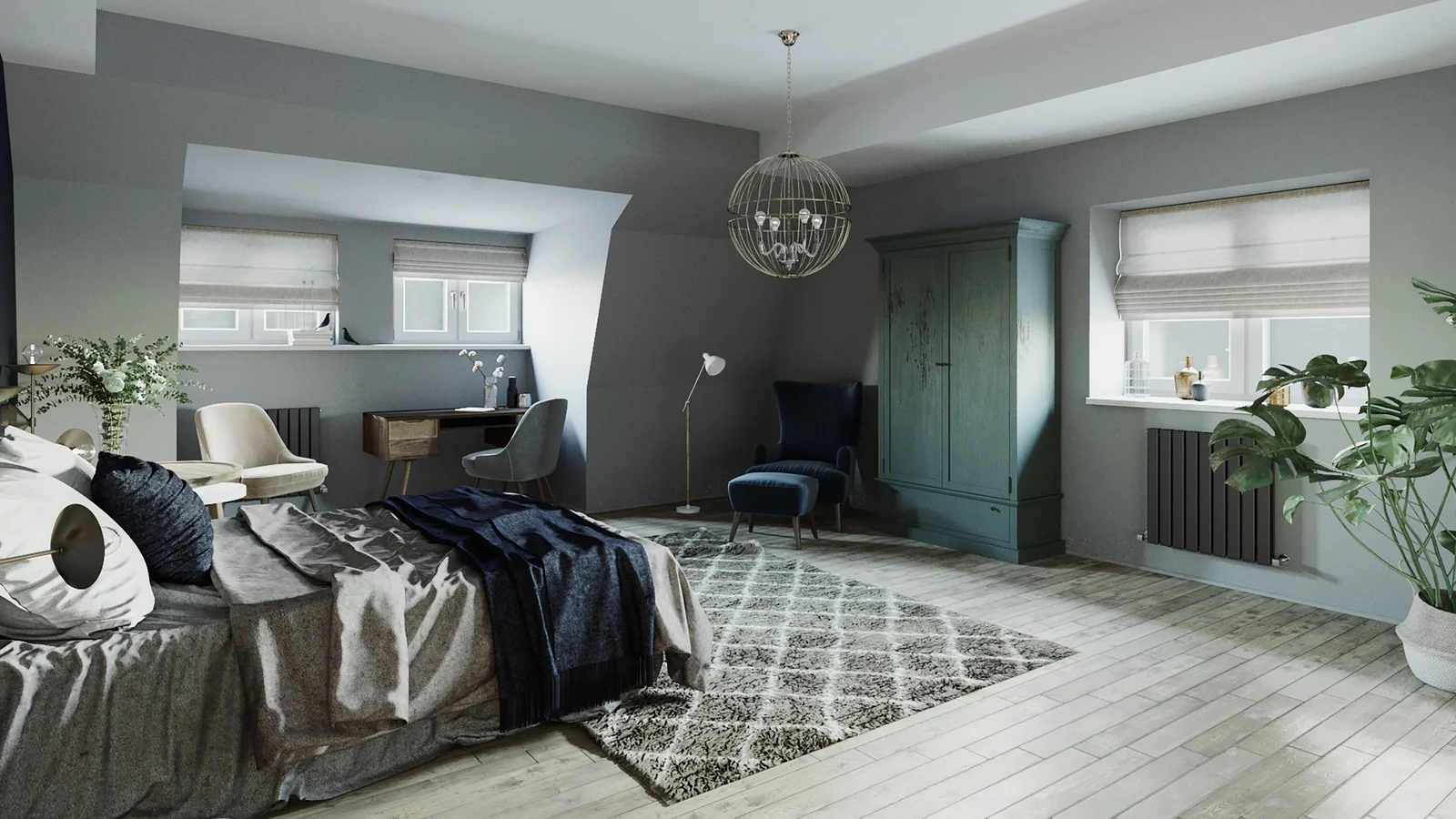How Ray Tracing in VR Enhances Design Decision-Making
Virtual Reality (VR) has transformed various sectors, including entertainment, education, and design. It offers enhanced visualization and interaction techniques, making it a powerful tool for design decision-making. A critical element in VR that enhances design decision-making is Ray Tracing. This blog post will explore how Ray Tracing in VR is revolutionizing the field of design by offering more realistic and interactive experiences. We will delve into understanding Ray Tracing and how it influences design decisions.
Understanding Ray Tracing in VR
Ray Tracing is a rendering technique that creates an image by tracing the path of light as pixels in an image plane and simulating the effects of its encounters with virtual objects. Although it requires substantial computational power, its ability to produce highly realistic lighting, shadows, and reflections makes it a valuable tool in VR technology.
The Basics of Ray Tracing
At a fundamental level, Ray Tracing involves shooting rays from the eye of the observer and tracing them backwards into the scene. The color of each ray is determined by the material properties at the point it intersects with an object. This technique allows for incredibly accurate simulation of a wide range of optical effects such as reflection and refraction, making the virtual environment feel more realistic.
Ray Tracing in Virtual Reality
In Virtual Reality, Ray Tracing becomes even more significant. When combined with VR’s immersive environments, Ray Tracing’s high-fidelity visuals can produce hyper-realistic experiences. These experiences are not only visually impressive but can also provide more detailed and accurate information, which is particularly useful in design-related decision-making.
## H2: Understanding Ray Tracing in VR
The Technology behind Ray Tracing in VR
Ray tracing is a rendering technique that creates an image by tracing the path of light through pixels in an image plane and simulating the effects of its encounters with virtual objects. This technique is capable of producing a very high degree of visual realism, usually higher than that of typical scanline rendering methods.
In the context of Virtual Reality (VR), ray tracing is used to generate a three-dimensional view of an object, scene, or setting. By simulating the way light interacts with different surfaces and materials, VR systems can create images that are incredibly realistic, down to the smallest detail.
How Does Ray Tracing Work in VR?
Ray tracing in VR works by calculating the visible surface’s color at each pixel of a rendered scene. This is achieved by shooting ‘rays’ into the scene, which then interact with the objects present in the scene. The rays can reflect, refract, or be absorbed, which then determines the color of the pixel.
An important aspect of ray tracing in VR is its ability to handle complex lighting effects such as shadows, reflections, and refractions. This contributes to a more immersive and realistic VR experience for the user.
The Impact of Ray Tracing on Design Decision-Making
Enhancing Visual Accuracy and Realism
One of the main benefits of ray tracing in VR is the enhanced visual accuracy and realism. This plays a crucial role in design decision-making, especially in industries like architecture, interior design, and product design.
With ray tracing, designers can visualize their designs in a realistic virtual environment before they are brought to life. This allows them to identify potential design flaws, make necessary modifications, and ultimately make better design decisions.
Facilitating Better Communication and Collaboration
Ray tracing in VR also facilitates better communication and collaboration among design teams. By providing a realistic visualization of design concepts, it becomes easier for teams to communicate ideas, understand each other’s perspectives, and collaborate effectively.
In conclusion, ray tracing in VR enhances design decision-making by providing designers with a more realistic, accurate, and immersive visualization of their design concepts. This not only allows them to make better design decisions but also facilitates better communication and collaboration among design teams.## H2: Understanding Ray Tracing in VR
The Technology behind Ray Tracing in VR
Ray tracing is a rendering technique that creates an image by tracing the path of light through pixels in an image plane and simulating the effects of its encounters with virtual objects. This technique is capable of producing a very high degree of visual realism, usually higher than that of typical scanline rendering methods.
In the context of Virtual Reality (VR), ray tracing is used to generate a three-dimensional view of an object, scene, or setting. By simulating the way light interacts with different surfaces and materials, VR systems can create images that are incredibly realistic, down to the smallest detail.
How Does Ray Tracing Work in VR?
Ray tracing in VR works by calculating the visible surface’s color at each pixel of a rendered scene. This is achieved by shooting ‘rays’ into the scene, which then interact with the objects present in the scene. The rays can reflect, refract, or be absorbed, which then determines the color of the pixel.
An important aspect of ray tracing in VR is its ability to handle complex lighting effects such as shadows, reflections, and refractions. This contributes to a more immersive and realistic VR experience for the user.
The Impact of Ray Tracing on Design Decision-Making
Enhancing Visual Accuracy and Realism
One of the main benefits of ray tracing in VR is the enhanced visual accuracy and realism. This plays a crucial role in design decision-making, especially in industries like architecture, interior design, and product design.
With ray tracing, designers can visualize their designs in a realistic virtual environment before they are brought to life. This allows them to identify potential design flaws, make necessary modifications, and ultimately make better design decisions.
Facilitating Better Communication and Collaboration
Ray tracing in VR also facilitates better communication and collaboration among design teams. By providing a realistic visualization of design concepts, it becomes easier for teams to communicate ideas, understand each other’s perspectives, and collaborate effectively.
In conclusion, ray tracing in VR enhances design decision-making by providing designers with a more realistic, accurate, and immersive visualization of their design concepts. This not only allows them to make better design decisions but also facilitates better communication and collaboration among design teams.






